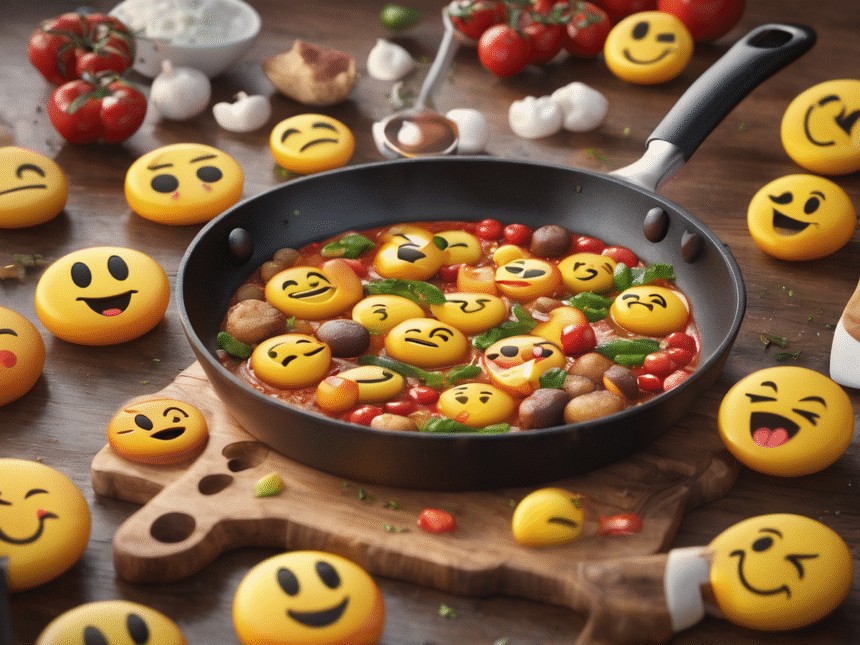At its essence, Emoji Kitchen, developed by Google for Gboard, reimagines static emoji as mutable constructs. It transmutes traditional Unicode icons into hybrid, expressive symbols—melding disparate emotional cues into singular, layered emotive artifacts.
Where classic emoji serve as shorthand proxies for sentiment, Emoji Kitchen invites a kind of visual remixology, allowing users to juxtapose a crying face with a bouquet, or an alien head with a cowboy hat. The result? New glyphs that defy existing typologies and resist rigid classification.
Recomended Links
Spotify Premium
Dooflix
Beyond Emoji: The Subversion of Standardized Semiotics
Standard emojis, codified by the Unicode Consortium, are designed with cross-platform coherence in mind. Their meanings are stable, their visual parameters relatively fixed. Emoji Kitchen ruptures this hegemony.
By enabling permutations of emojis outside the Unicode-approved set, it deconstructs symbolic orthodoxy. It empowers users to create emotional dialects unique to momentary impulses—a grin-laced ghost, a monkey donning shades with tears of joy, or a heart intertwined with a skull.
This transcends the mere “cute factor.” It is semiotic subversion—an act of democratizing expression in a realm traditionally governed by uniformity.
A Tool of Psychological Granularity
Modern text-based communication is often insufficient to capture the micro-nuances of mood. Emoji Kitchen provides a toolkit for conveying emotional ambiguity—those in-betweens that escape traditional vocabulary.
For example:
- A melting smiley mashed with a fire emoji articulates exhausted exhilaration.
- A sad face fused with a rose hints at bittersweet nostalgia.
- A vomiting cat suggests ironic disgust wrapped in absurdist humor.
In essence, Emoji Kitchen becomes an emotive palette—one where binary moods dissolve into impressionistic spectrums.
The Surrealist Edge
There’s a surrealist undertone to Emoji Kitchen’s existence. Much like Salvador Dalí’s melting clocks or Magritte’s pipe that “is not a pipe,” the emojis born from this feature refuse to be literal. A pile of poo with heart eyes? That’s not nonsense—it’s digital Dadaism.
Users inadvertently create visual aphorisms—tiny surreal artworks that provoke, amuse, confuse, or even inspire. It’s memetic culture stripped down to the iconographic level.
Cultural Repercussions: Toward a New Emoji Vernacular
Emoji Kitchen isn’t just a novelty—it’s paving the way for a new vernacular of the visual. In a world drowning in text, these personalized hybrids act as minimalist poems—succinct, symbolic, and powerfully abstract.
As more people lean into the fusion, what emerges is a polyphonic visual language, shaped not by committees but by users’ idiosyncratic moods and social contexts.
This has implications beyond texting:
- In branding: Companies begin crafting custom emoji fusions for campaigns.
- In education: It opens doors for visual learning and neurodivergent communication.
- In art: These hybrid icons can evolve into new media works and digital installations.
Closing Thoughts
To label Emoji Kitchen as a mere feature is reductive. It is, more accurately, a sandbox of subjective expression, a space where icons are no longer passive symbols but active participants in narrative construction. In a time where brevity rules, Emoji Kitchen doesn’t just let us speak faster it lets us speak deeper, weirder, and more personally than ever before.


